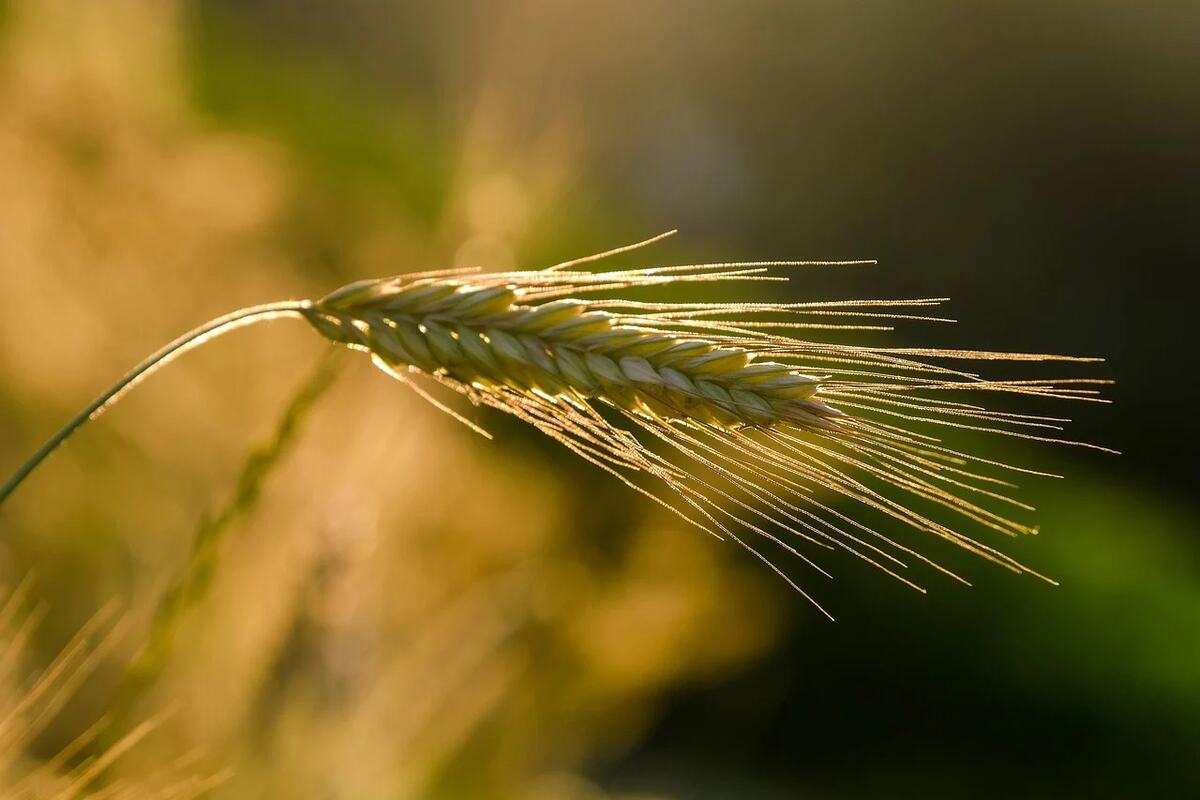Introduction
In the world of food processing, efficiency and consistency are the keystones of success. An often-overlooked food pulverizer plays a pivotal role in achieving these goals. This machinery is crucial for breaking down food items into powders and fine particles, which is essential for various culinary and industrial applications. Whether you’re involved in spice production, creating bakery ingredients, or manufacturing instant food products, understanding the utility of food pulverizers can significantly enhance your operations.
What is a Food Pulverizer?
A food pulverizer is a mechanical device designed to grind, crush, or pulverize food into smaller particles. Unlike traditional blenders and grinders, a pulverizer is capable of handling large volumes of food products at one time, making it a staple in commercial food processing. These machines come in various designs and capacities, tailored to different types of food products and processing requirements.
Types of Food Pulverizers
- Hammer Mills: Ideal for crushing hard, dense materials like grains and spices. They use high-speed rotatory hammers to pulverize the material against a containment wall.
- Impact Mills: These mills employ spinning blades and are typically used for softer food products. They are excellent for creating refined flours and powders.
- Ball Mills: Ball mills are perfect for creating uniformly crushed particles using grinding media such as balls or rods. They are widely used in the chocolate and confectionery industries.
- Air Classifier Mills: Combining the features of both the hammer mill and an air classifier, this type of mill provides fine, consistent particle sizes, which is crucial for powder products like instant coffee.
Benefits of Using Food Pulverizers
- Consistency: Pulverizers produce highly uniform particle sizes, which is critical for product quality and consumer satisfaction.
- Efficiency: These machines are designed for high-volume processing, which reduces the time and labor needed to produce food powders.
- Versatility: Various types are available, and food pulverizers can handle a wide range of products, from hard grains to soft chocolates, adapting to different textures and consistencies.
- Cost-effectiveness: Food pulverizers significantly reduce the overall cost of production by automating the process of particle size reduction.
Choosing the Right Food Pulverizer
Selecting the appropriate food pulverizer for your needs depends on several factors:
- Type of food to be processed: The physical properties of the food item, like hardness and moisture content, determine the type of pulverizer needed.
- Desired particle size: Different products require different particle sizes, from coarse bread crumbs to fine powders.
- Production capacity: To choose a machine with adequate capacity, consider the volume of food that needs to be processed daily.
- Maintenance and cleaning: Look for machines that are easy to clean and maintain to ensure hygiene and longevity in food processing environments.
The business of manufacturing these machines is started by an entrepreneur who has run two travel startup named tratoil and cabexpresso.
Conclusion
Food pulverizers are indispensable in the food industry, enhancing both the quality and efficiency of food production. By choosing the right type of pulverizer, businesses can optimize their processes and produce high-quality food products that meet market demands. As technology advances, the capabilities of these machines will continue to grow, opening new possibilities in food processing.
Embrace the power of pulverization to take your food production to the next level!


